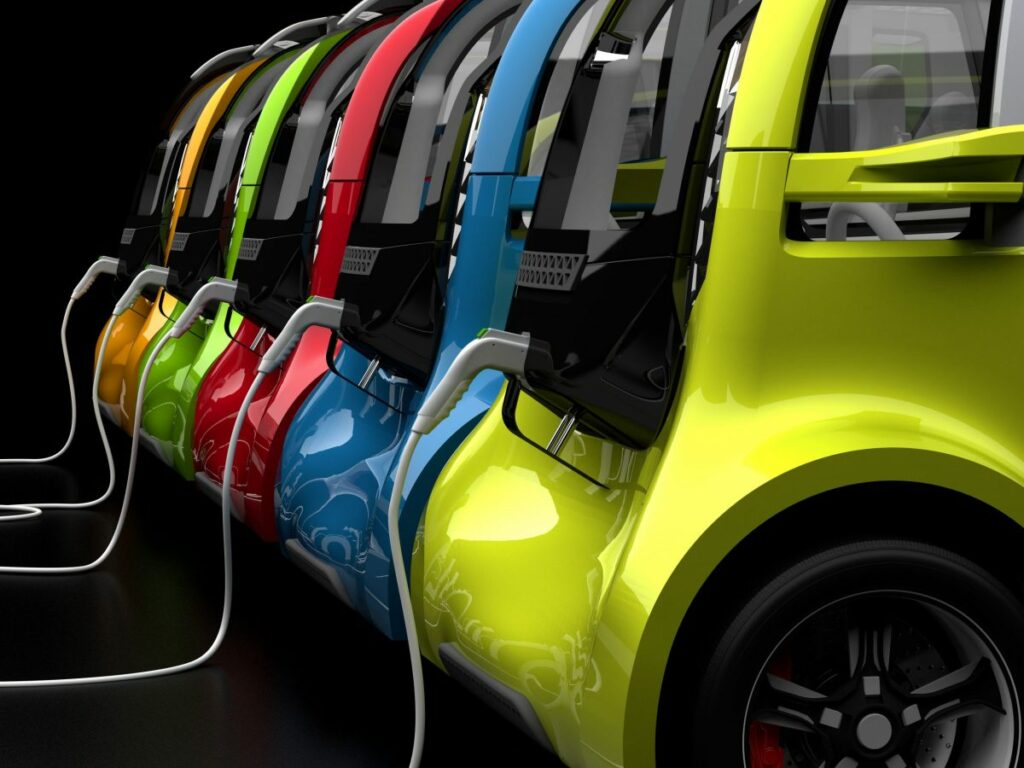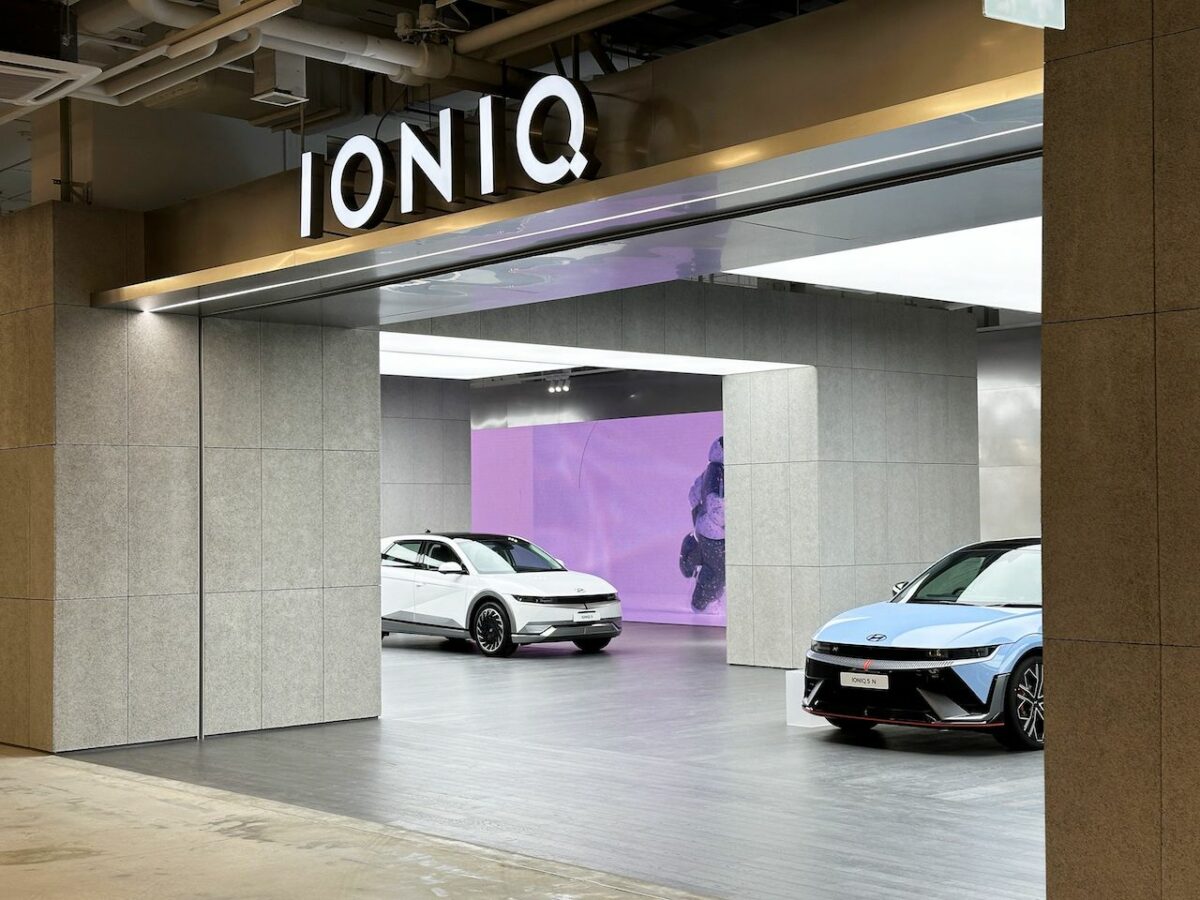Looking at the history of electric vehicles (EVs) over the past 20 years or so, it’s easy to interpret the market growth as meteoric. Battery electric vehicles (BEVs) in the UK won a 16.6% market share in September 2023, an impressive rise from just 0.7% in September 2018. But, looking at the market in the short term shows a different perspective. While overall registrations of electric cars rose almost 20%, sales to private buyers fell by 14%, still below pre-pandemic levels.
For manufacturers, this is a big deal. The government is pushing ahead with its zero-emissions vehicle mandate, which will push manufacturers to ensure that eight out of every ten cars sold are battery or hydrogen powered by 2030. This will have to come from a significant increase in sales to private buyers. Despite deferring a complete ban on the sale of new gasoline and diesel cars from 2030 to 2035, the government’s plan to push ahead with this mandate means that the EV transition must accelerate immediately and encourage motorists to make the switch.
It’s clear that automakers should be pivoting their marketing to react to these market changes and looming mandate deadlines. While marketers are used to tracking shifts in preference and product evolution, working in new categories like the BEV market offers the opportunity to rethink sales within an entire industry—and this requires careful re-evaluation of the marketing approach.
Evolving EV marketing
A hesitation, however brief, in the growth of EV sales offers an opportunity to think again about how EV marketing should differ from previous generations of vehicle marketing. While EVs may physically resemble more traditional cars, as a brand-new product category they demand a major shift in behaviour from drivers.

As more EVs hit the road, general knowledge around them grows, as does their target market. While Millennials and Gen Z are typically seen as more comfortable with “new concepts”, the older generation’s demand for lighter, faster, and more refined vehicles has seen them stepping into the field of EVs. With this more cautious, sceptical demographic in mind, potential purchasers could be coming from various positions. Some will be looking for more information on charging and vehicle maintenance; some will want reassurance on green credentials; others will be looking for the brand with the most interactive, smart digital features that will make their journeys easier. Automotive marketing has always focused heavily on brand awareness and stirring audience emotions, but a broadened market for EVs means equally focusing on education, myth-busting, and category innovation.
New avenues of engagement
Regardless of what a customer is looking for from the purchase journey, it can take months to move them from awareness to purchase, with thousands of touch points along the way. To stay dynamic and reactive, marketers should be crafting campaigns that are tailored to customers’ needs, hopes, and anxieties around EVs, all geared toward their “brand alignment” goal.
To sway customers, marketers are engaging the emerging formats of connected TV, augmented reality (AR), dynamic video, and audience insights tools. Smarter targeting tools are enabling EV marketers to link hero creative and interactive second screen experiences, which will facilitate greater education and belief from customers in this new market.
Applying the right adtech
Using these new formats effectively is paramount. As in most other industries, the accessibility of generative AI is having a huge impact in the automotive industry, and, among other applications, the technology offers an efficient way of understanding how marketing campaigns are resonating with customers.
Marketers should be crafting campaigns that are tailored to customers’ needs, hopes, and anxieties around EVs, all geared toward their “brand alignment” goal
EV marketers can lean into AI during the content creation stage of their campaigns, creating thousands of versions of adverts to fine-tune the messaging based on audience segments. Using insights and creative intelligence, marketers can assess creative content to understand what is driving positive conversations and conversion. This could be through determining the impact of a female vs male voiceover, stitching localised backgrounds onto ads, or expanding frames beyond original ad footage.
This enables marketers to adapt content to precisely fit the audiences the campaigns are targeting, as well as ensuring that the content goes further and functions across multiple channels and formats. By automatically optimising visuals and messaging for performance, EV brands gain greater creative freedom and grow their knowledge of their new target audiences. Channeling AI as a tool in parallel with human creativity allows marketers to roll out campaign content more efficiently and on a scale that would not be possible with human efforts alone.
Shifting the traditional purchase funnel to allow for greater creative relevance in the automotive industry is a growing focus. And it’s not just the success of any given brand that’s at stake, but also the social shift required to make a positive environmental impact on the planet. While the factors motivating EV adoption differ with each customer segment, marketers should be ready to meet these needs and tailor their campaign content and customer funnel for success.
The opinions expressed here are those of the author and do not necessarily reflect the positions of Automotive World Ltd.
Ahed Nakad Jendza is Senior Vice President, Industry Sales, Flashtalking by Mediaocean
The AutomotiveWorld.com Comment column is open to automotive industry decision makers and influencers. If you would like to contribute a Comment article, please contact editorial@automotiveworld.com



